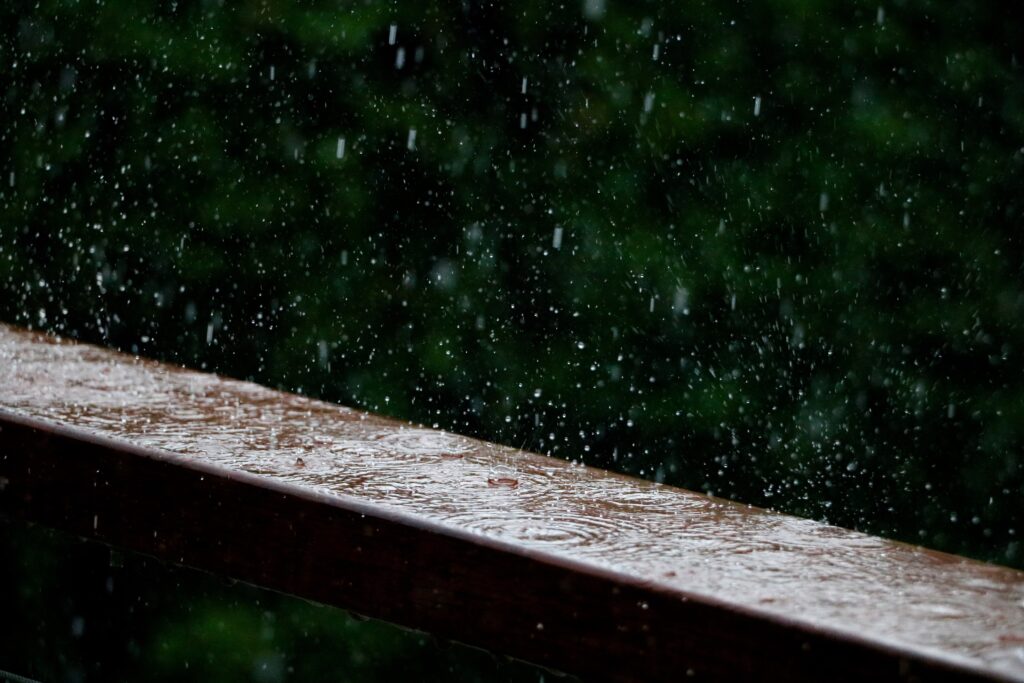
According to Maryland Department of Environment (MDE), “Stormwater Management is necessary to reduce the amount and velocity of runoff across the land and into stream channels”. Runoff occurs from melting snow/ice, and rain that collects on lawns, streets, and a variety of other places. Components like retention ponds, drainage lines, inlets and many more, are utilized to slow the runoff, filter pollutants and debris while simultaneously providing an efficient path for the runoff to travel.
However, because these facilities aren’t normally visible, it’s oftentimes forgotten that regular inspections will identify important repairs and maintenance needs, to not only help our environment, but help your stormwater facility operate efficiently. Let’s review why you should care about stormwater.
Why Should I care about Stormwater?
As areas become more developed, natural features that use to absorb rainwater are oftentimes replaced with a variety of impervious surfaces like rooftops, parking lots, driveways, and roads. As a result, more rainfall is becoming runoff that flows much faster into storm drains and bodies of water, instead of soaking down into the soil. This can lead to flooding, erosion and even cause contaminants to travel to our waterways and damage our ecosystem.
What happens when you don’t maintain your stormwater system?
When runoff flows over these impervious surfaces, it picks up a variety of sediment, debris and pollutants (like lawn and garden chemicals), and many more that ultimately end up in your stormwater system and eventually into our waterways. It’s important to ensure your facilities are operating properly to prevent harmful pollutants entering our waterways and harming our ecosystem.
Stormwater runoff needs to be properly managed and have each facility maintained at the proper frequency. Although your stormwater facility may appear to be operating effectively, because they’re not easily visible (in some cases), they’re oftentimes forgotten about. This can create a variety of problems not just for the environment, but also lead to costly repairs, if unaddressed.
In many cases, debris, sediment, and trash that has traveled into the stormwater system becomes trapped in the drainage lines. These lines, over time, collect more debris causing the runoff to not drain properly, or oftentimes back up to the surface. This can cause flooding, erosion and even lead to hydroplaning from vehicles traveling on the roadway. Additionally, when runoff doesn’t have a means to escape, drainage lines can become corroded or form gaps that can lead to bigger issues. In some cases, these lines need to be re-lined or replaced, or require a concrete parging technique to repair cracks/gaps – all of which are extremely expensive repairs. Let’s look at what we use to keep your stormwater facilities operating efficiently.
How can ACE help me manage my Stormwater Facilities?
With 9 vacuum trucks and one of the only Maryland Department of Environment (MDE) Approved Disposal Facilities, ACE is your valued partner for all your stormwater needs throughout the DC, MD, VA, PA, NJ and DE area. Our fleet of Vacuum Tankers, Combo/Jetter Trucks, Turbo Vacs and Air Movers are some of the equipment we use to extract, remove, break up and dispose of liquids, sludges, and solids. Our Air Movers are specifically used to remove heavy sludge and solid materials, while our Vacuum Tankers are our go-to method for large-scale liquid waste removal. Our Combo/Jetter Vacuum Trucks are equipped to dislodge debris, sediment, and other materials through a hydro-jetting process. While hydro-jetting, these trucks can simultaneously extract the loosened material with our high-powered vacuum also equipped on the truck. This combination allows for quicker cleanings and extraction of unwanted materials in your stormwater system.
Additionally, our experienced technicians have completed hundreds of stormwater projects and will make recommendations on maintenance frequencies to minimize the potential for costly repairs in the future. Check out our Versatility of Vacuum Trucks blog, that dives into our high-powered equipment and where we use them.
Next Steps to Better Manage Your Stormwater Facilities
Since 2004, we have partnered with many engineers, consultants, and inspectors to follow local, state, and federal laws to protect and maintain your stormwater facilities and keep them operating properly. Here’s a few things to look for if you have stormwater facilities on your property:
- When was the last time they were inspected?
- When was the last time it was cleaned or maintained?
- Is there an inspection report available? Ask your county stormwater department for this information.
- While on the surface, look in the drain inlets to see how much debris/trash has collected. Is there substantial buildup?
- Next rainfall, look at these inlets to see how the runoff is draining. Is there a good flow rate or does it appear to be backing up?
- Review the drainage areas located in lower grass areas. Is there substantial vegetation building up? Is there erosion along the banks? Are there any cleanouts sticking out of the surface uncovered or broken? Is the culvert feeding this drainage area functioning properly? Are there any cracks, erosion or undermining around the perimeter of the culvert? Are there any blockages?
- Is there regular leaf buildup on your property during change of seasons?
- Are nearby properties contributing to the debris that ends up on your property? What’s the frequency? How much?
- How often does your property get pre-treated with salt?
Using this checklist helps evaluate when, what and how often your stormwater facility should be maintained. Everything from clumps of leaves to trash can cause significant backups. These clogs mean the drains aren’t running at full capacity. Large amounts of salt and ice can cause pipe corrosion which can lead to pipes being replaced or relined. Clogs in the system mean they react with the metal drain’s chemical compound and can cause cracks and holes where more debris settles––not good and can require an expensive parging technique to repair. That’s why inspecting drains for damage, or necessary repairs is critical. And that’s where we come in.
Partner with us!
ACE Environmental specializes in handling all your stormwater needs. Let us help with your stormwater maintenance needs to ensure your facility is operating efficiently and minimizing the potential for expensive repairs in the future. Check out our case studies highlighting a few of the projects we’ve tackled this year and also review our visualization (link to digital version) that illustrates everything we can assist with. We’re here to help and you’ll be in great hands on your next job – Start to Finish. Contact us today!
